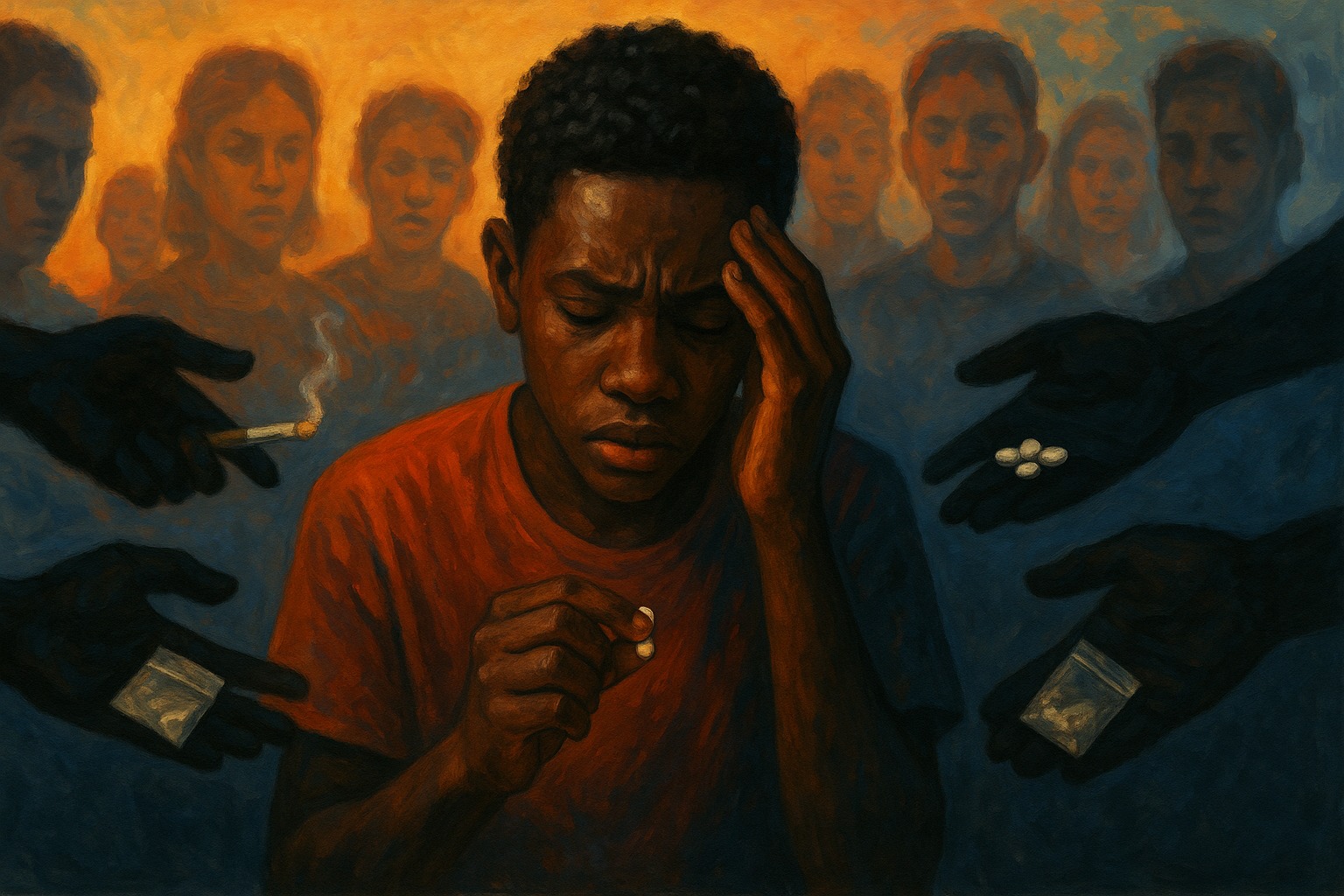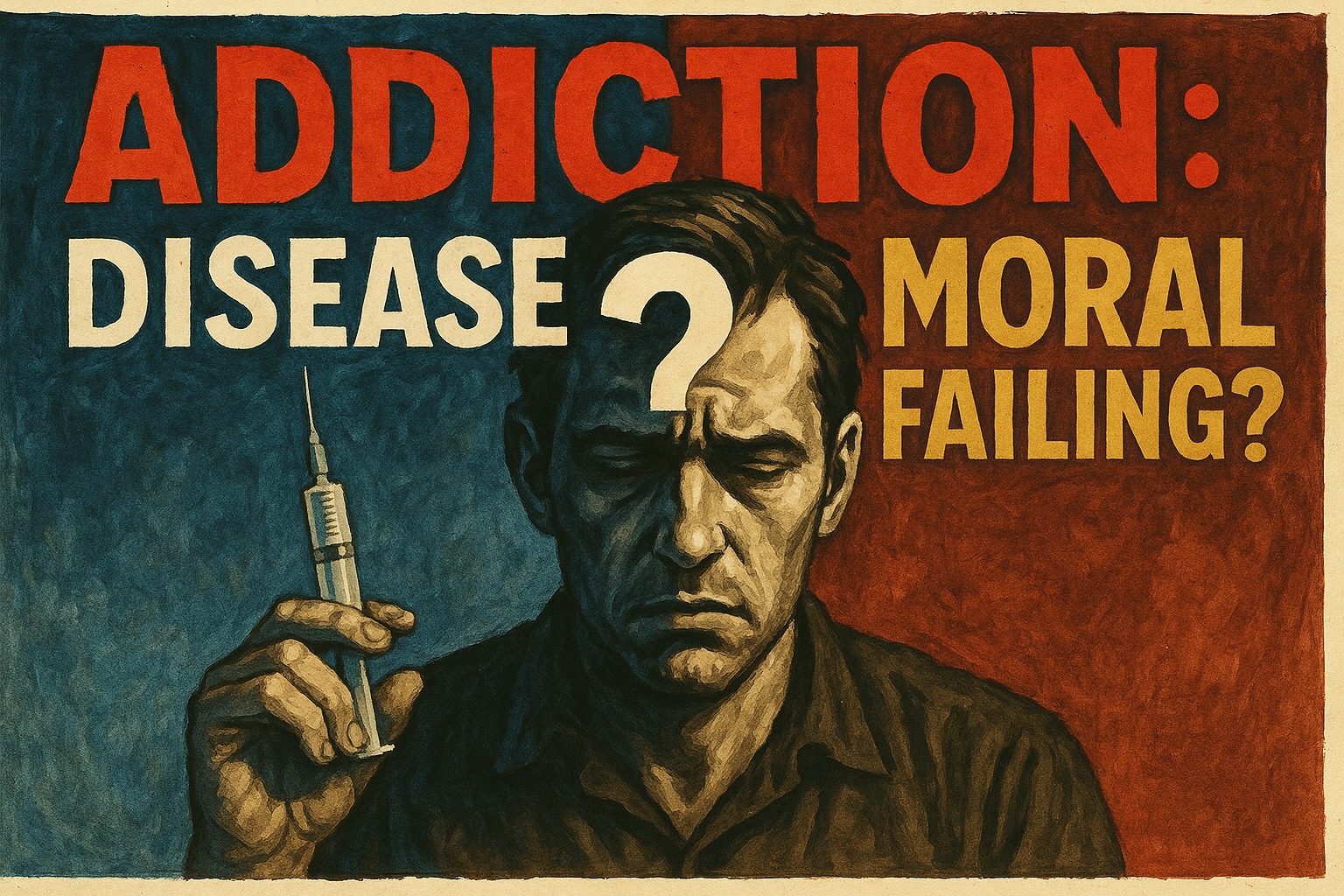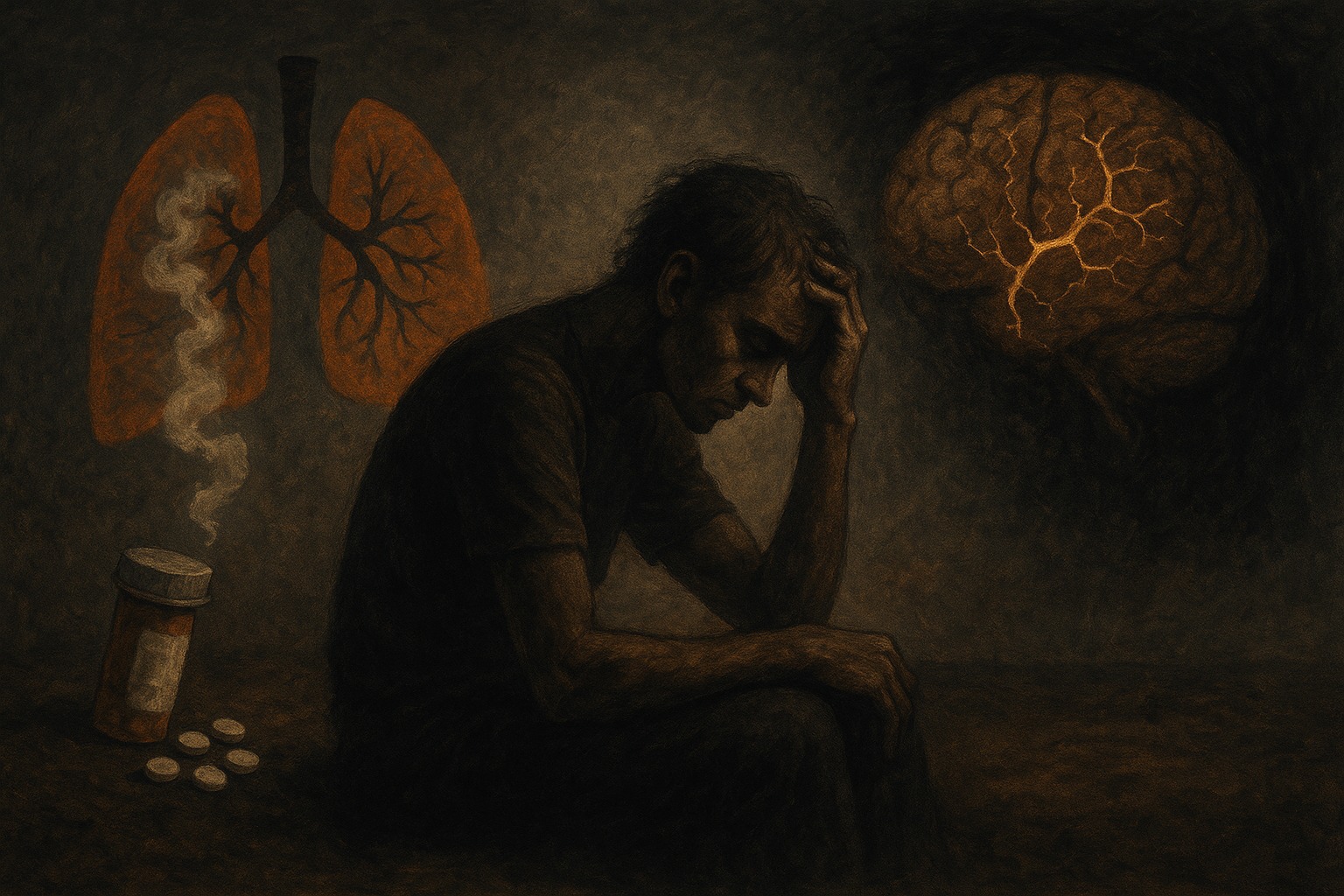Adolescence is a time of exploration, identity formation, and social growth. It’s also a period where young people are especially vulnerable to outside influences, one of the most powerful being peer pressure. Among the many challenges teens face, drug use remains one of the most concerning, and peer influence plays a significant role in its onset and continuation.
Understanding Peer Pressure.
Peer pressure refers to the influence exerted by individuals within the same age group that encourages others to change their attitudes, values, or behaviors to conform to group norms. For teenagers, fitting in often feels essential. The desire to be accepted, liked, or even just not left out can override rational judgment and personal values.
This influence isn’t always overt. It can be subtle, like a group of friends regularly using substances and normalizing the behavior, or it can be direct, such as a friend urging another to "just try it once."
Why Teens are so susceptible.
Several psychological and developmental factors make teens especially vulnerable to peer pressure:
- Identity development: Adolescents are still figuring out who they are. They often experiment with behaviors that align them with certain social groups.
- Fear of rejection: Many teenagers prioritize social acceptance over personal safety or well-being.
- Risk-taking behavior: The teenage brain is wired for risk, with heightened sensitivity to rewards and peer opinions.
- Lack of experience: Without a strong set of coping mechanisms or decision-making skills, teens may rely on peers for guidance, even when it leads to harmful behaviors.
The Link between Peer Pressure and Drug Use.
Numerous studies show a strong correlation between peer pressure and teen drug use. Teens who believe their friends use drugs are more likely to use them themselves, even if that belief is inaccurate. The pressure to conform can come from:
- Social gatherings: Parties often include drugs or alcohol. Saying “no” can feel like social suicide.
- Modeling behavior: Teens imitate behaviors they see as "cool" or mature, especially if the people demonstrating them are popular or admired.
- Direct persuasion: Friends might encourage drug use as a shared experience, often minimizing the risks involved.
The Consequences.
Teen drug use can have long-lasting effects:
- Health risks: Substance use during adolescence can disrupt brain development and increase the risk of addiction.
- Academic impact: Drug use is associated with poor academic performance and higher dropout rates.
- Legal and social consequences: Legal trouble, strained family relationships, and isolation can follow.
Combating the Influence.
Parents, educators, and communities can play a powerful role in helping teens resist peer pressure.
- Open Communication: Encourage honest, judgment-free conversations about drugs, peer pressure, and personal values.
- Build Confidence: Teens who have strong self-esteem and decision-making skills are less likely to give in to pressure.
- Teach Refusal Skills: Role-playing scenarios and assertiveness training can empower teens to say “no” effectively.
- Encourage Healthy Friendships: Teens should be encouraged to associate with peers who share positive goals and values.
- Provide Alternatives: Involvement in sports, clubs, or creative activities can give teens a sense of belonging and purpose.
Final Thoughts.
Peer pressure is a powerful force during adolescence, and it can significantly influence a teen’s decision to try drugs. By understanding the dynamics at play and providing support systems that build resilience, we can help teenagers make choices that lead to healthier and more fulfilling futures.
The key lies not just in saying "don't do drugs," but in creating environments where teens feel confident and supported enough to stand by that decision.



